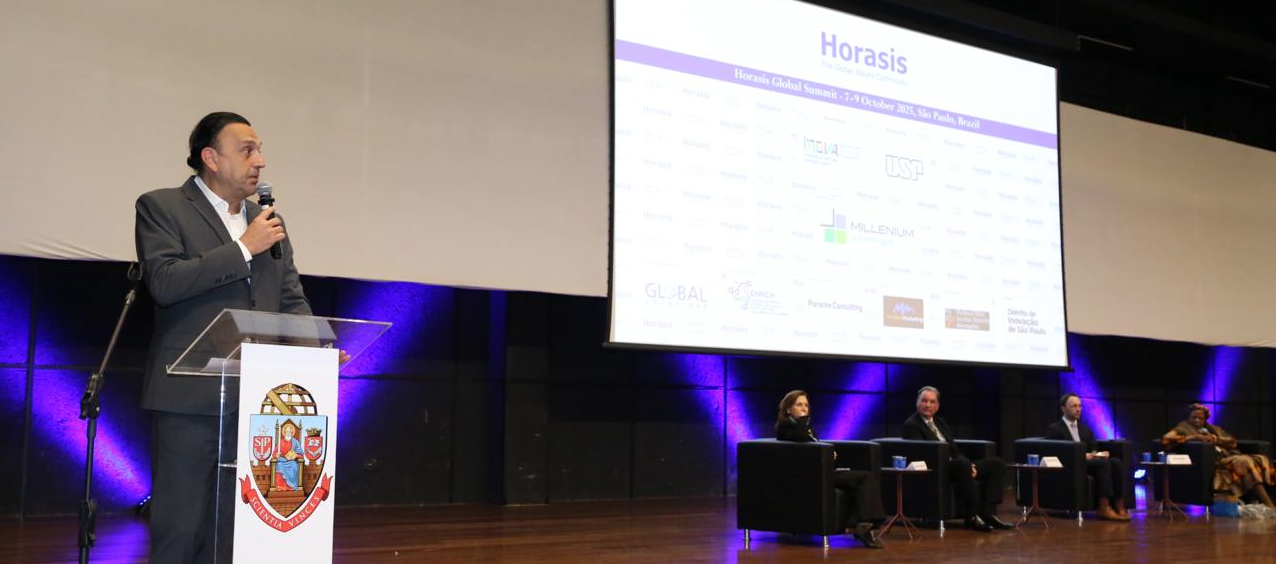Educating the World’s Poor
Since the onset of globalization, more people have been lifted out of poverty than in any period before. Collaborative efforts, especially in the context of knowledge sharing, have been at the core of alleviating one of the current era’s most pressing problems. Quality education has proved one of the strongest enablers; its role is irreplaceable in delivering lasting socio-economic gains.
The World Bank estimates that over 700 million people are extremely poor, with another 150 million expected to be added to this number due to COVID-19 by end of this year. And of this number, an estimated 50 percent live in five countries, mostly across Asia. What is also disheartening is the fact that half of this total, are children.
What are possible best practices that can offer education and initiate self-support? How can electricity, hardware systems, and importantly the concept of education as a force for good, be delivered? Are there any strong globally-proven models leading to change?
Horasis is organizing the Horasis Asia Meeting on 26 November 2021 to deliberate on such pressing concerns. The one-day virtual event will see participation from a diverse range of people – spanning members of governments, businesses, academia, and the media. The goal is to discuss pressing issues that have undermined progress in emerging economies and to arrive at actionable solutions that can ensure shared prosperity.
What are Possible Barriers?
Many governments in emerging economies have launched initiatives to make education more accessible. However, millions are still unable to reap the benefits due to barriers such as inequality and marginalization. These could range from gender, ethnicity, and even religious prejudices. Additionally, there is often a vicious cycle observed – where guardian unemployment, or their illiteracy, leads to an increase in non-schooling or drop-out rates.
Scenarios, where children have to quit school due to health problems, malnutrition or to work as an additional earning member of the family, are not uncommon. As a result, affected children are unable to learn basics such as reading or writing skills. Their intellectual and social development, therefore, is seriously compromised.
Just the ability to read is in itself an extremely skill. It ensures a better shot at employability, and staying out of poverty. A UNESCO study highlighted that an estimated 171 million people could emerge from extreme poverty simply by learning how to read. Unfortunately, in the pandemic’s aftermath, there has been a sizeable increase in the number of young learners with reading difficulties. Their number climbed to 584 million in 2020, from an earlier 483 million. In a non-pandemic setting, the number was expected to fall to 460 million. A large share of the gains made, over the past 20 years have been undone over the past 18 months.
Meanwhile, universal primary education features among the UN’s Sustainable Development Goals. There is also a direct correlation between poverty and education rates. The bulk of the world’s poorest countries also hold the dubious distinction of having the poorest education rates.
Possible Best Practices
The pandemic-led lockdowns led to a surge in remote working and learning. Schools and higher education institutions moved their curriculums online. But remote learning was only possible for those learners who were able to afford a device and the data plans that provided connectivity. In a large share of remote locations, and especially in mountainous areas, where network access is a challenge even in normal times, remote learning was not a viable option.
Amid this common barrier—a combination of either unaffordability or poor connectivity—there is no alternative to physical classroom learning. And with economic thresholds already stretched, there is a strong possibility that there will be fewer students resuming regular classes once schools are fully functional. In such a scenario, it is then imperative for governments and business leaders to take the lead. Businesses, through their CSR programs, can allocate more focus towards educating the poor.
What will perhaps be an even more effective route than making monetary contributions, will be to incentivize their employees to enlist for volunteer teaching roles for a certain number of hours each month. Just as organizations conduct outdoor events to promote team building or camaraderie, a conscious effort can be made towards volunteer teaching activities.
An advantageous outcome for many digital service providers was their ability to base their operations entirely on the cloud. And a sizeable share of their workforces did take this as an opportunity to embark on ‘workations’ – where they temporarily set up base in rural but picturesque areas. They too can be significant contributors to their current local economies, both as a consumer and as mentors or teachers.
Focus on the Basics
While there have been immense strides made in spheres such as space exploration and robotics and automation, vast sections of society are still marginalized. And following the pandemic’s onset, the already underprivileged were dealt an even further blow. It is necessary for governments, businesses, and individuals to synergize and come together; it is only in collaborating that the least privileged sections of society can be offered a better shot at opportunity.
Photo Caption: Children at a school in Indonesia. For millions of children around the world, there is no replacement to physical education centers. Remote and online education is a luxury many cannot even imagine.



